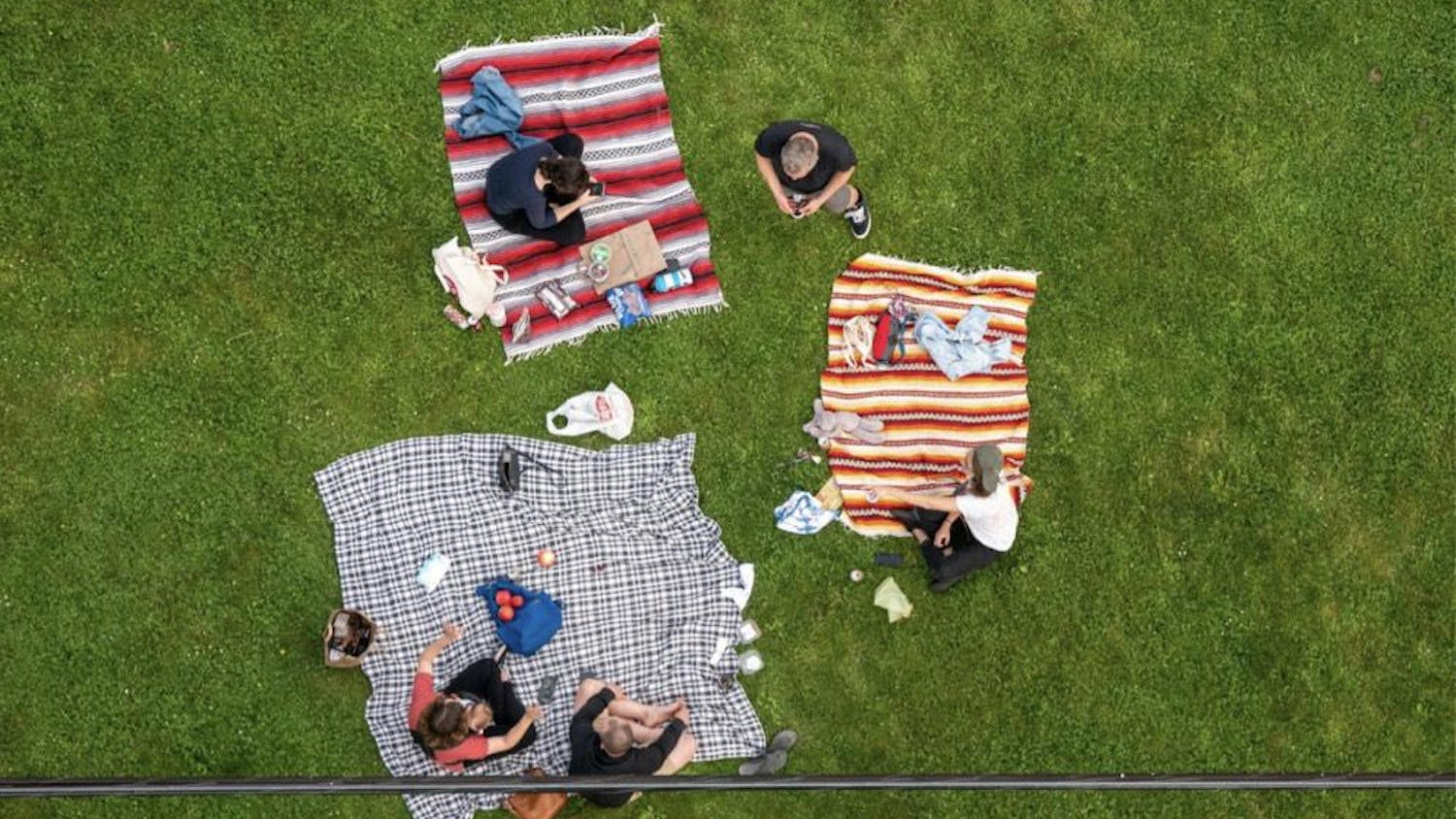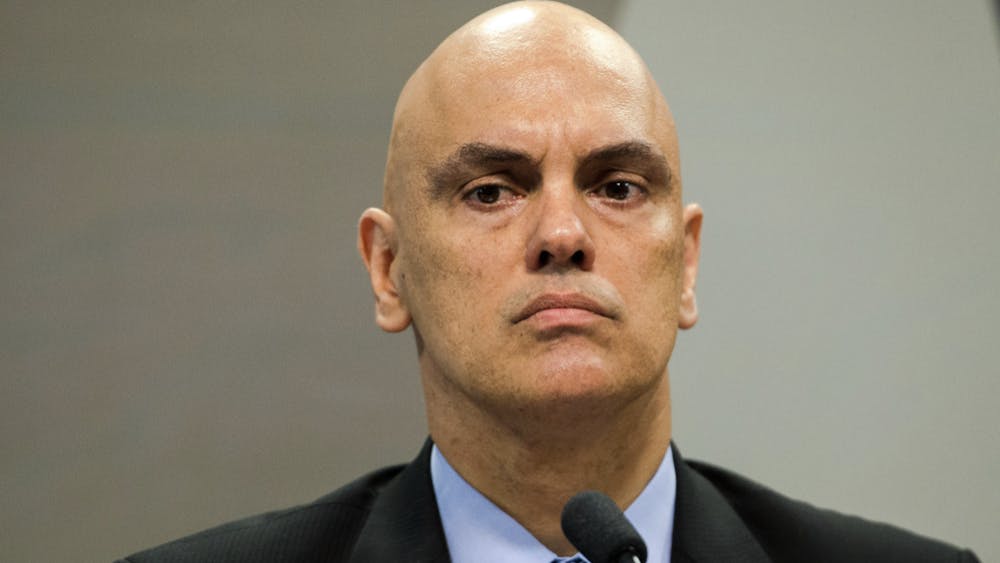It is with deep concern that we respond to the Tuesday letter written by a group of Notre Dame professors on why it is “the right decision...to have students learn and live together in person” during the SARS-CoV-2 pandemic.Their major rationale in support of on-campus learning is that they feel the recent outbreak around Notre Dame has not raised the health risks “high enough” to warrant closing down the campus and moving to online instruction. They take issue with others who have voiced concerns about the high number of people testing positive since students returned on Aug. 3 and even suggest that such critics are focusing on the “wrong numbers.” Instead, these faculty cite the low hospitalization and mortality rates among youthful populations during the coronavirus pandemic to counter those who would “deprive” students of the opportunity to study in-person and on-campus before there is a viable vaccine. Secondarily, these faculty appeal to a June survey that documented the rise of suicidal thoughts and mental health issues among 18 to 24 year olds to extrapolate that online instruction is as bad as or even worse than exposure to the novel coronavirus for this age group.The main flaws in these faculty authors’ arguments are threefold. First, they ignore the longer-term effects of infection on the health of young individuals and sideline the chronic health consequences for older people, including faculty, staff and local citizens — effects well-documented in the recent medical and scientific literature. Secondly, they ignore the impacts that campus infections could have on neighborhood transmission in the vulnerable local communities surrounding campus. Third, they cherry-pick a study of another university (Cornell) to argue that students are safer on our campus than they would be elsewhere, whether off campus or at home. All three of these issues have already been ably addressed by a Notre Dame senior. Here, we want to additionally highlight recent data on COVID-19 outbreaks on U.S. campuses. These data clearly show that reopening universities during a pandemic, as argued elsewhere, is dangerous. So far, according to The New York Times (NYT) coronavirus tracker for U.S. colleges and universities, up to 26,000+ confirmed cases have been reported across 750+ colleges, with Notre Dame standing in the 10th position among raw cases and third in terms of per capita cases (Tracking Coronavirus Cases at U.S. Colleges and Universities). Professor Edwin Michael’s recent epidemiological modeling work (based on the early incidence data reported on the HERE dashboard) indicates that the mean reproductive number, R0, for the Notre Dame outbreak could be as high as 3.92, and that even with ramped-up interventions it will be difficult to achieve quick control of the campus epidemic. These data indicate that despite the vaunted claims that a robust system to ensure the safe reopening of Notre Dame is in place, a high-intensity outbreak did occur soon after the return of 12,000+ students to campus, posing major and widely remarked challenges to the effectiveness of the implemented social restrictions and the necessary test, trace, isolate protocol for containment. The national data combined with what we know about the outbreak at Notre Dame do not, therefore, support these professors’ contention that Notre Dame is “doing extremely well” in containing the epidemic and minimizing its negative impact on students’ lives and health. Though the daily numbers of new cases have decreased since the University switched to online classes and stricter enforcement of the four planks of the HERE plan on campus, transmission is still ongoing in the community. There is no reason to expect that Notre Dame cannot once again see a large increase in positive cases once the current social restrictions are lifted and in-person classes and activities (including football games) resume. Disease spread is a natural phenomenon: By recreating the same environmental conditions for exacerbating disease spread, we are repeating the same experiment, and the counts will inevitably go up again.As many Notre Dame faculty — including epidemiologist Edwin Michael and political scientist Eileen Hunt Botting, and more recently, physicist Zoltan Toroczkai — have argued publicly, college campuses represent special transmission locations that generate a fabric of contacts that is ideal for disease spread at an exponential rate. Prolonged co-location in dense, closed spaces creates high connectivity and reliable transmission conditions, which, when combined with long-range contact links between campus and surrounding locations, can lead to intense outbreaks both on campus and also in the wider population. This is amply borne out by the NYT data, which show that campus outbreaks are occurring while transmission is still ongoing in the surrounding counties — and indeed St. Joseph County numbers have dramatically worsened since roughly a week after Notre Dame reopened, hitting an all-time high in daily cases of 177 on Aug. 20. Similarly, data from the UKindicate a strong correlation between school outbreaks and regional COVID-19 incidence. The transmission process goes both ways. Initially high levels in the local community increase the probability of contagion to Notre Dame students who either live off campus or who go off campus to bars or parties. But once Notre Dame experiences growth in cases, this increases the likelihood that contact with local residents will now spread the virus into the wider community, which is overall much more vulnerable to illness and death due to COVID-19 than college students typically are. Because campus transmission and local community transmission are linked and could feed off each other, the risk of seeding the resurgence of a local epidemic is also high. These epidemiological insights are critical to making a valid assessment of the risks to public health posed by reopening campus during a pandemic. To claim glibly that everything carries risk — as these faculty writers do as they follow the public rhetoric of University President Fr. John Jenkins — is tantamount to willful ignorance of the most basic insights of medicine and science concerning the viral transmission of a potentially debilitating and lethal disease. Time and time again, political leaders, policymakers, organizational managers and, now, faculty and academic administrators have been lulled by low case numbers into the complacent and short-sighted view that the risks have declined and we can reopen, only to find that the risks were much higher than they had estimated. The clear and present political danger of minimizing the risks of the pandemic is evident in the growing number of universities that are experiencing high COVID-19 caseloads after reopening. We do agree with our faculty colleagues that assessing the risk of the University’s reopening must be weighed against a range of competing priorities — such as the balancing of health (including mental health) alongside economic or educational interests. But here again, we believe that the authors have overestimated the benefits of being on campus for students as well as the costs, including the mental health costs, for students living and learning at their familial residences. Even worse, they have underestimated the potential negative health impacts of reopening campus on the surrounding community. No matter whether they are studying here or at home, students this year will not — realistically — have the typical Notre Dame experience. Idealizing an in-person, on-campus experience that cannot safely be realized is not productive for anyone’s health, mental or physical, during the pandemic. Last semester’s experiment with remote learning was successful. While not perfect, online learning can work well for everyone and flatten the curve. Notre Dame faculty and students have proven this together — both last spring and this fall. The misreading of risk by the dominant decision-making group in a university is not in anyone’s interests, including the decision makers. We fear that our faculty colleagues’ opinion piece could lead those who are making decisions to also underestimate the risks of the epidemic. That would be a grave mistake. We ask, therefore, that Notre Dame leaders listen carefully to faculty, alumni and student critics of its reopening plan who have paid heed to the insights of epidemiology and medicine. Recently, over 1,000 students, staff, alumni, faculty, concerned colleagues and local citizens signed a petition, led by sociologist Richard Williams, that made two simple requests of Notre Dame’s administration to promote the public good: 1) afford the choice of an online semester to all students, staff, and faculty and 2) ensure greater safety and medical care for students who remain on or near campus during the pandemic. This is an apt precautionary response when dealing with the complexity and uncertainty surrounding this new virus. Finally, as junior Ella Wisniewski poignantly wrote in these pages, “We must hold what we love accountable in order to will good upon it. And so, criticism is an act of love.” In solidarity with her and other students, we write in this critical spirit of love and care for all of the people of the Notre Dame and wider Michiana communities.
Edwin Michael
Professor of Epidemiology University of South Florida (formerly of Notre Dame)
Eileen Hunt Botting Professor of Political Science
David Hachen Associate Professor of Sociology and Co-Director of the Center for Network and Data Science
Zoltan Toroczkai Professor of Physics and Co-Director of the Center for Network and Data Science
Sarah McKibben Associate Professor of Irish Language and Literature
Aug. 26













